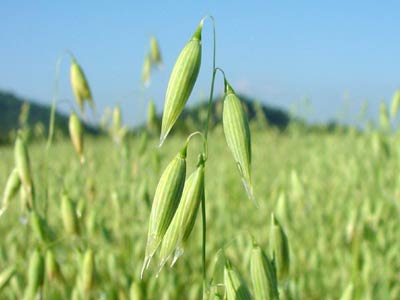Schizandra Sinensis is a woody vine with clusters of red berries that is found in northern and northeastern China and adjacent regions in Russia and Korea. It is used to treat a variety of medical conditions and is widely known as a longevity herb and aphrodisiac. It is used to treat lung and liver disorders, coughs, to relieve fatigue, depression and stress, increase stamina and for insomnia and night sweats.
The Chinese (pinyin) name Wu Wei Zi means "five flavor berries". It is used in Traditional Chinese Medicine. Schizandra berries are highly esteemed and the plant is one of the "50 fundamental herbs". Some of the many ways they are used are as a hepatoprotectant and liver detoxifier, to resist infections, as an adaptogen and as a general tonic. There is some scientific evidence to show that schizandra berries may help people with hepatitis.
Schizandra began to appear in Western literature around the beginning of the 19th century, and it shows up in botanical works of the period. The earliest mention of it can be found in the 1803 Flora boreali-americana of Andreas Michaux.
None of these early works mention any aphrodisiac quality of Schizandra. However, at the turn of the 20th century, things begin to change: in the 1904 China: Catalogue of the Collection of Chinese Exhibits at the Louisiana Purchase Exposition, Schizandra berries are described as follows:
"Exhibit 128 - Fruit of Schizandra Chinensis. The small red berries are wrinkled, uniform in shape and contain two reddish-yellow crescent seeds. Tonic, aphrodisiac, pectoral and lenitive properties are ascribed to this plant."
This interesting discovery shows us fairly conclusively that the aphrodisiac qualities ascribed to Schizandra are not mere modern invention, and that it was clearly in use for such purpose in 1904.
Going further back, it would appear that this information has older roots (as one would expect from an herb used in Traditional Chinese Medicine!) In the 1973 version of Chinese medicinal herbs: a modern edition of a classic sixteenth-century manual by Shizhen Li, Porter Smith and George Arthur Stuart; we find an entry for Schizandra chinensis. Sure enough, the exact same phrase is there, clearly borrowed: "Tonic, aphrodisiac, pectoral and lenitive properties are ascribed to this plant."
Another interesting statement is that the plant, which is said to have all of the "five flavors", is believed to contain the "quintessence of the five elements" (wood, fire, earth, metal, water). This is quite a testament to the esteem with which the plant was held. The Chinese Medicinal Herbs is a translation of the Bencao Gangmu of 1578 - also known as the Compenium of Materia Medica - written by Li Shizhen and considered the most complete text on Chinese Traditional Medicine ever written. Li Shizhen is said to have consulted 800 earlier reference works and devoted 30 years to field study.
Schizandra has been the subject of a relatively high number of scientific studies listed on Pubmed - with 364 entries. Many of these studies focus on a wide range of medical research - investigating whether Schizandra is for example anti-inflammatory, antioxidant, have anti-cancer properties, helpful with cases of tinnitus, or have effects on liver function. The sheer number of studies done on Schizandra is encouraging and something of an indicator of its medical potential. One study (1998) at the Department of Urology, Catholic University of Korea of a herbal formulation that included Schizandra chinensis showed enhancement in erectile function in male rats. The herbal formula also included Lycium chinense, Cornus officinalis, Rubus coreanus and Cuscuta chinensis.
Schizandra contains essential oils, acids and lignans which help regenerate liver tissue damaged by things like hepatitis and alcohol. Its adaptogenic action may help improve physical and mental performance, relieve fatigue and build strength. Studies have shown that schizandra is effective against the bacteria related to lung disorders. This herb provides more oxygen for the cells, increases the body's immune system and protects against stress. It also acts as an aphrodisiac, by increasing men's staying power and stimulating sensitivity in the female's genitals.
















